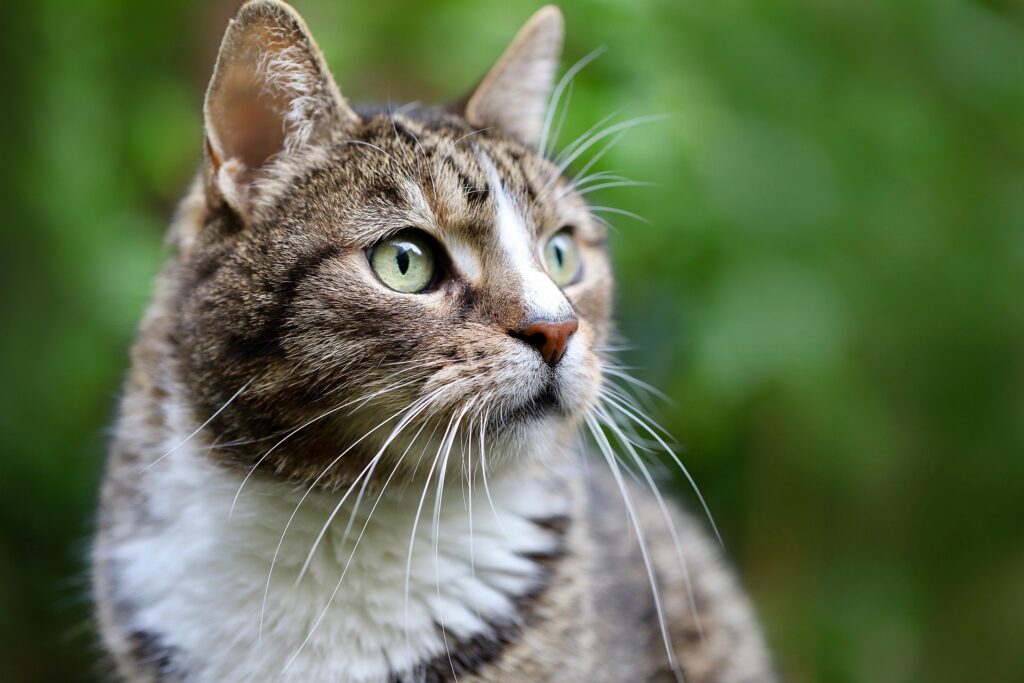Feral cat
Felix catus

PRESENTATION OF THE SPECIES
Scientific name: Felis catus
Origin: Near East, domesticated over 10,000 years ago
Presence in the Caribbean: Present on almost all islands, both in urban areas and in natural habitats
Size: 45 to 80 cm (including tail)
Weight: 3 to 6 kg on average (larger individuals possible)
Diet: Carnivore and opportunistic predator (birds, reptiles, amphibians, invertebrates, small mammals)
Cats in the Caribbean
First introduced by European settlers as companion animals and to control rodent populations, cats are now widespread throughout the insular Caribbean. They exist in three main forms: domestic (owned), stray (free-ranging but often associated with humans), and feral (completely independent of humans).
Feral and stray cats pose the greatest threat to wildlife. Their predatory behavior impacts numerous native species, many of which are endemic and highly vulnerable due to the absence of natural defenses against mammalian predators.
Impacts on biodiversity
- Birds: cats prey heavily on ground-nesting and small passerine birds, including endemic or threatened species.
- Reptiles and amphibians: young iguanas, anoles, and native frogs are among their prey.
- Other fauna: cases of predation on bats have been documented in tropical islands, raising concerns in the Caribbean where bats represent nearly all native mammals.
- Indirect impacts: beyond predation, cats may compete with or displace native predators.
Management challenges
Unlike other invasive predators, management of cats is highly sensitive due to their cultural and emotional value as companion animals. While eradication may be feasible on small uninhabited islets, broader control strategies often focus on:
- Sterilization programs to reduce populations,
- Awareness campaigns to limit feeding and abandonments,
- Collars with bells or bright colors to reduce hunting success,
- Responsible pet ownership.
What is CIMBA doing?
Within the CIMBA project, actions related to cats focus on:
- Measuring their abundance and activity in protected areas, using camera traps.
- Assessing their diet through fecal analysis, with the support of molecular tools, to determine their real impact on native species.
- Testing mitigation tools, such as the effectiveness of collars with bells or bright colors, as a socially acceptable way to limit predation.
- Raising awareness among local communities about the ecological and sanitary risks posed by feral and stray cats, while promoting responsible management.
